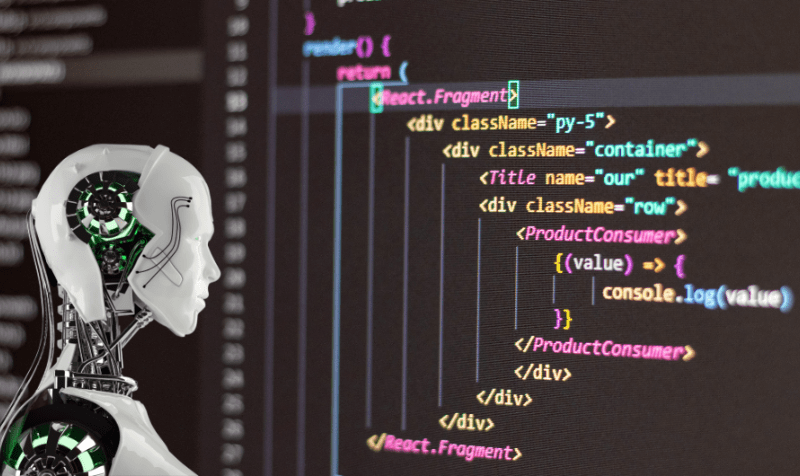
Introductory price for limited time period
In today’s world, the ubiquitous influence of machine learning is being felt everywhere. With or without our knowledge of machine learning technologies are assisting or influencing our lifestyle. You are surrounded by machine learning everywhere, from ‘Alexa,’ ‘Siri,’ and ‘Google Assistant’ to Autonomous Vehicles. You see a large amount of data everywhere. Therefore, it is vital to analyze this data to extract useful information and develop an algorithm based on this analysis. This can be achieved through machine learning. Machine learning is an integral part of artificial intelligence, which designs algorithms based on data trends and historical relationships between data. Machine learning is used in various fields such as bioinformatics, intrusion detection, information retrieval, game playing, marketing, malware detection, image deconvolution, etc.
Machine learning has been recognized as central to the success of Artificial Intelligence, and it has applications in various areas of science, engineering, and society. The main objective is to develop systems (programs) for specific practical learning tasks in application domains. This course helps to analyze new learning methods and develop general learning algorithms independent of applications. Machine Learning has become achievable in many essential applications because of the recent progress in learning algorithms and theory, the rapid increase of computational power, the excellent availability of a massive amount of data, and interest in commercial ML application evolution. ML is naturally a multi-disciplinary subject area. It unlocks opportunities to develop cutting-edge machine learning applications in various verticals – such as cyber security, image recognition, medicine, or face recognition.